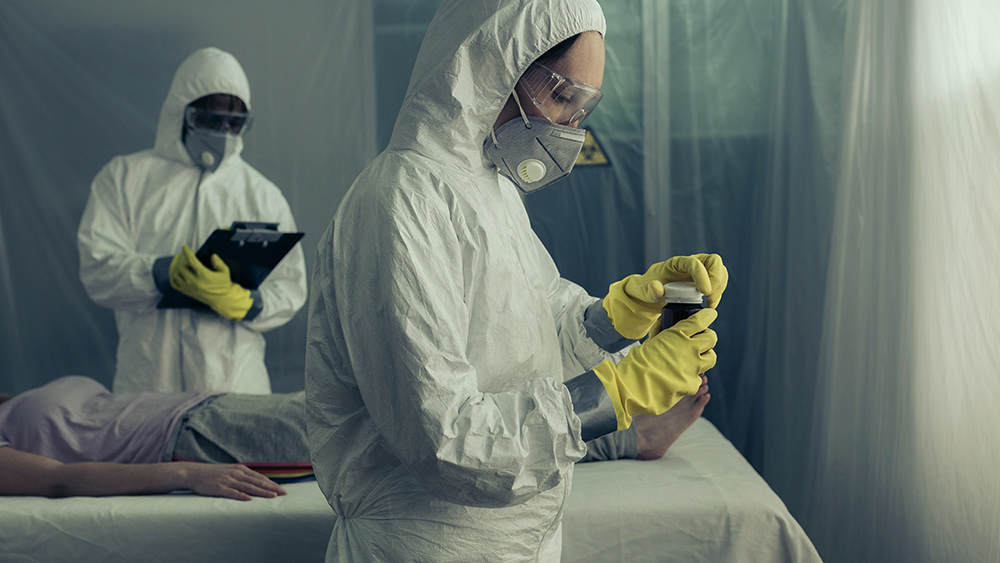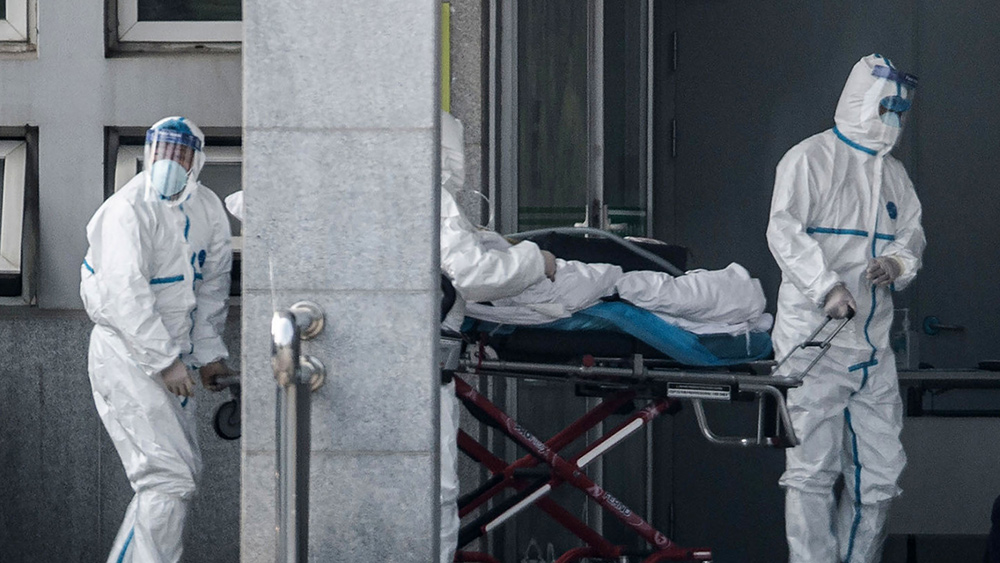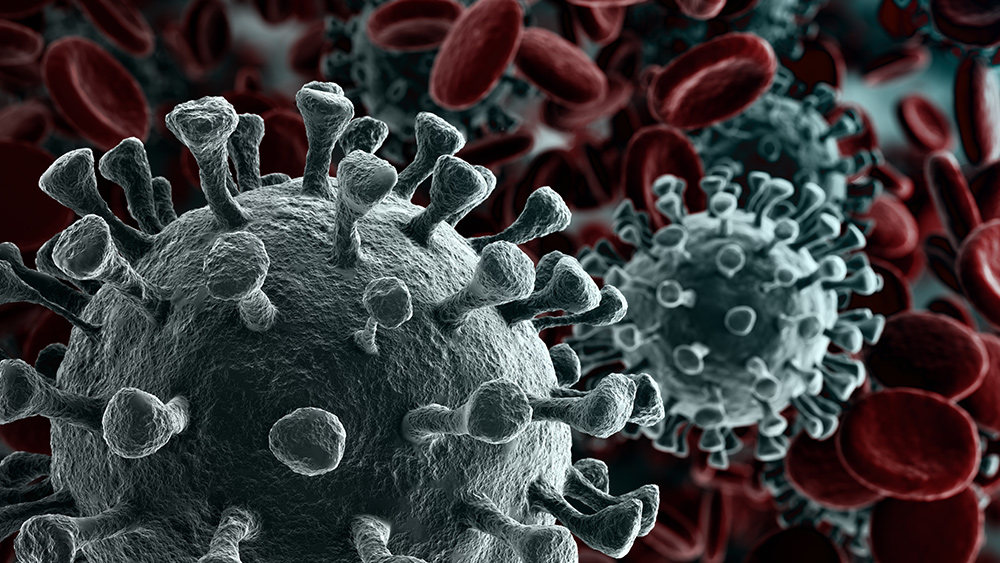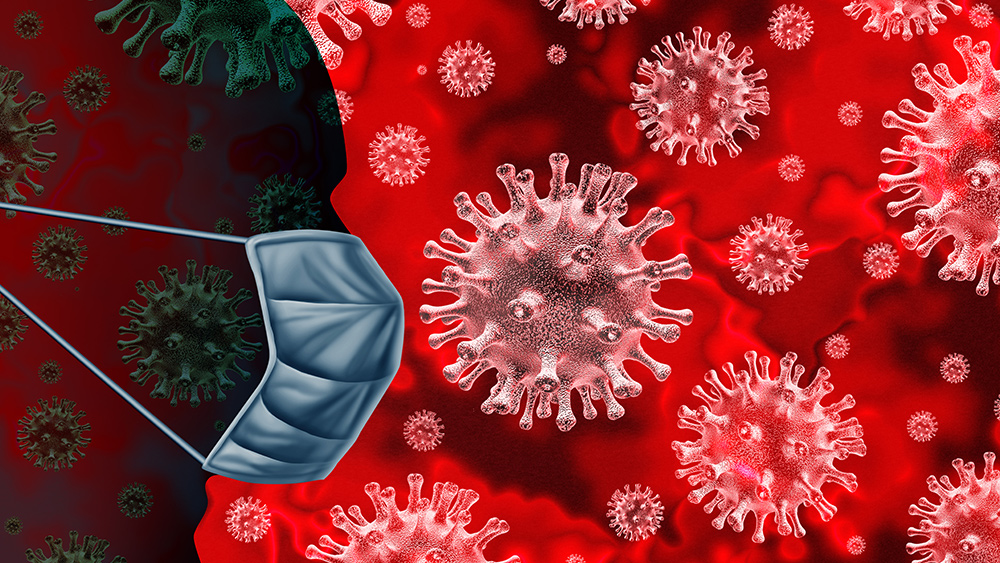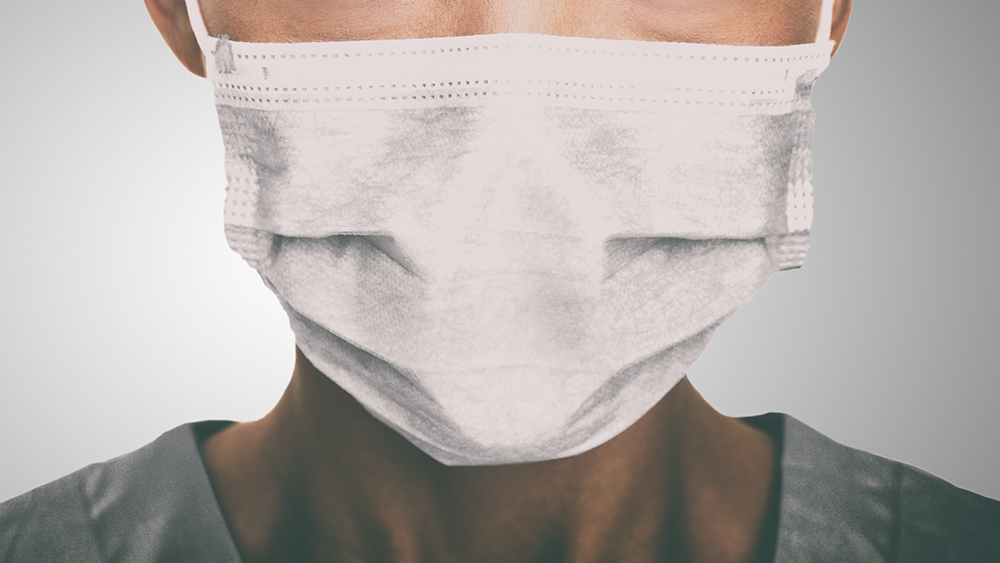Even the bugs are extra dangerous: Study reveals insects from hospitals carry enough bacteria to cause INFECTIONS
02/06/2020 / By Isabelle Z.

Hospitals are breeding grounds for germs, there’s no question about it. For as much as we might like to joke that some people leave the hospital sicker than they were when they entered, there’s a growing pile of evidence that this could well be happening – and it’s not necessarily coming from where you might think.
Unsterile equipment and poor staff hygiene certainly play a role, but now we can add the insects flying around hospitals to the list of potential dangers thanks to a new study carried out by British researchers. After collecting nearly 20,000 flying insects from across seven state hospitals in England, they discovered that they carry enough bacteria to create infections, including the ultra-risky drug-resistant variety.
Nearly three fourths of the insects the researchers collected were flies, such as drain flies, house flies, and bluebottles. Just under 14 percent were “true bugs” like aphids, while 2.9 percent were moths or similar. Other flying insects collected and studied included beetles, caddisflies, sawflies, lacewings and thrips.
They collected the insects over the course of a year and a half from a variety of areas within the hospitals studied, including wards, maternity units, neonatal units, and the areas where visitor and patient food is held. They used UV light fly traps, sticky traps, and electronic fly killers to catch the insects.
They discovered that nearly nine out of every ten of the insects were carrying infection-causing bacteria either internally or externally, including Salmonella, Staphylococcus aureus, and E. coli. They found 86 different strains of bacteria in total.
Enterobacteriaceae such as Salmonella and E. coli were the most common types found in the insects, making up 41 percent of those isolated in the study. This was followed by Bacillus at 24 percent, a group that includes the bacteria behind food poisoning, Bacillus cereus. Meanwhile, one fifth of the isolates studied were Staphylococcaceae, which can lead to respiratory infections, abscesses and skin infections.
Superbugs being carried around hospitals by insects
One of the most concerning findings, however, was that 53 percent of the bacterial strains they isolated had developed a resistance to at least one type of antibiotics, with a fifth showing multidrug resistance. Some of the antibiotics that the bacteria had developed resistance to include penicillin, levofloxacin and vancomycin.
The researchers say that the high proportion of drug-resistant bacteria they found is a reminder of how antibiotic overuse in healthcare settings is making it harder to treat infections.
While they emphasize that the risk of patients getting bacteria from insects in hospitals is low overall, their findings do indicate that it’s time for hospitals to take extra steps to avoid the spread of bacteria via insects. For example, pest management experts at hospitals can take a closer look at the insects that are most prevalent in their buildings and which are posing the biggest risk and then use UV light traps and insect monitors to keep the problem under control.
Another type of insect that has been gaining attention in hospitals in recent years is bed bugs, with a 2012 survey showing that more than a third of pest management companies had treated infestations of bed bugs in hospitals, more than twice as many reported in 2010. Infestations are also on the rise in nursing homes and even ambulances.
While you shouldn’t avoid hospitals when you’re suffering an emergency on account of the insect issue alone, this does serve as a reminder that keeping your immunity strong is essential so you can avoid getting sick in the first place and reduce your odds of needing to be hospitalized. Eat a healthy diet with plenty of organic fruits and vegetables, wash your hands frequently, and maintain a healthy weight to give your body the best chance of resisting illness and avoiding exposure to superbugs.
Sources for this article include:
Tagged Under: antibiotic resistance, bed bugs, Hospitals, infections, insects, outbreak, pandemic, superbugs
RECENT NEWS & ARTICLES
COPYRIGHT © 2017 SUPER BUGS NEWS

